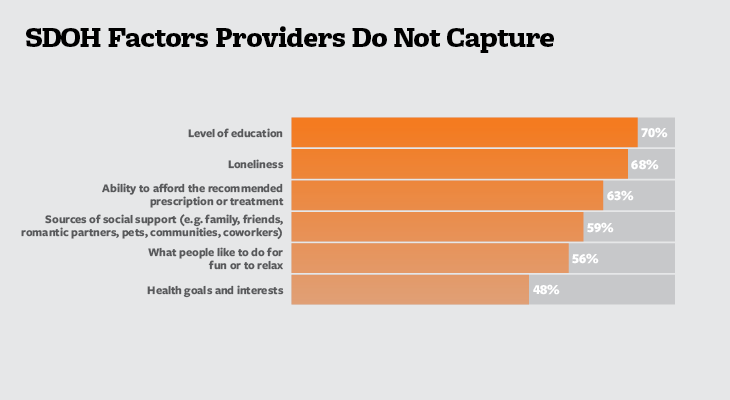Community specialty providers deliver a wealth of benefits
Independent specialty providers play an important role in containing spiraling healthcare costs. These providers see patients regularly, enabling them to prescribe small amounts of a drug, closely monitor its effectiveness, and appropriately adjust the medication as needed, rather than providing larger quantities of a medication and then discarding after a short time if they prove ineffective.
Multiple studies show that community specialty may be more cost-effective than other sites of care. For example, a recent study found that treatment costs for breast, colorectal and lung cancer patients were significantly lower in community clinics: total costs of care per patient per month were lower across all tumor types in the community setting ($12,548 vs $20,060).1
With patients paying increased out-of-pocket costs, savings offered by community specialists are an important advantage, but there are other benefits to patients. Those with serious or chronic diseases need an entire care team to support them. A support system close to home provides the opportunity for timely care to achieve better outcomes and is less disruptive to the patient and caregiver. This is especially important for those requiring frequent treatment. Patients may also have convenient access to emerging treatments, as clinical trials draw many patients in the community setting.
Best practices for long-term viability
With the many, ever-changing challenges community specialists face, it can be difficult to stay on the path to success. To thrive in the new value-based environment, close attention must be paid to all aspects of the operation. Following are a few best practices to help ensure long-term success:
Run an efficient practice
Being administratively strong is essential for a successful practice. Physicians need to ensure they manage their revenue cycle efficiently and understand the business and financial operations of their practices. Additionally, while physicians are focused on clinical excellence, it is critical to have a highly skilled business staff to run a practice effectively in today’s complex environment.
Rely on experts for payer contracting
Payers are very sophisticated around physician reimbursement. Practices should connect with experts to understand not only the reimbursement methodology in the fee schedules but also the numerous obligations outlined in their payer agreements.
Join a group purchasing organization
While it is difficult to generalize across specialties, it may be beneficial for a practice to consider joining a group purchasing organization (GPO), especially those infusing or injecting drugs. A GPO aggregates practices together to achieve purchasing volume to negotiate better pricing from pharmaceutical manufacturers.
Utilize a drug inventory management system
Specialty practices spend a tremendous amount of money on drugs, so it is critical to employ an inventory management system to minimize losses on product that goes unused or reaches expiration. Choose a robust solution that integrates directly with electronic health records (EHRs) and ordering systems, empowering superior drug management that enables the practice to maintain lean inventory.
Don’t go it alone
With the emergence of value-based care, healthcare has become extremely complex. For the typical community-based specialty practice, trying to succeed with little help is probably not the most effective way forward. Fortunately, there is a wealth of expertise available if practices take the initiative to look for it. By connecting with their distributors, GPOs, and other groups they are working with, practices can ensure they are current with the best technology tools and consulting services. Even though today’s environment is challenging, solutions do exist. It is just a matter of leveraging existing relationships to learn about them.
References
1. https://ascopost.com/News/59474
15% Off Medical Practice Supplies
VIEW ALL
 Manual Prescription Pad (Large - Yellow)
Manual Prescription Pad (Large - Yellow) Manual Prescription Pad (Large - Pink)
Manual Prescription Pad (Large - Pink) Manual Prescription Pads (Bright Orange)
Manual Prescription Pads (Bright Orange) Manual Prescription Pads (Light Pink)
Manual Prescription Pads (Light Pink) Manual Prescription Pads (Light Yellow)
Manual Prescription Pads (Light Yellow) Manual Prescription Pad (Large - Blue)
Manual Prescription Pad (Large - Blue)











